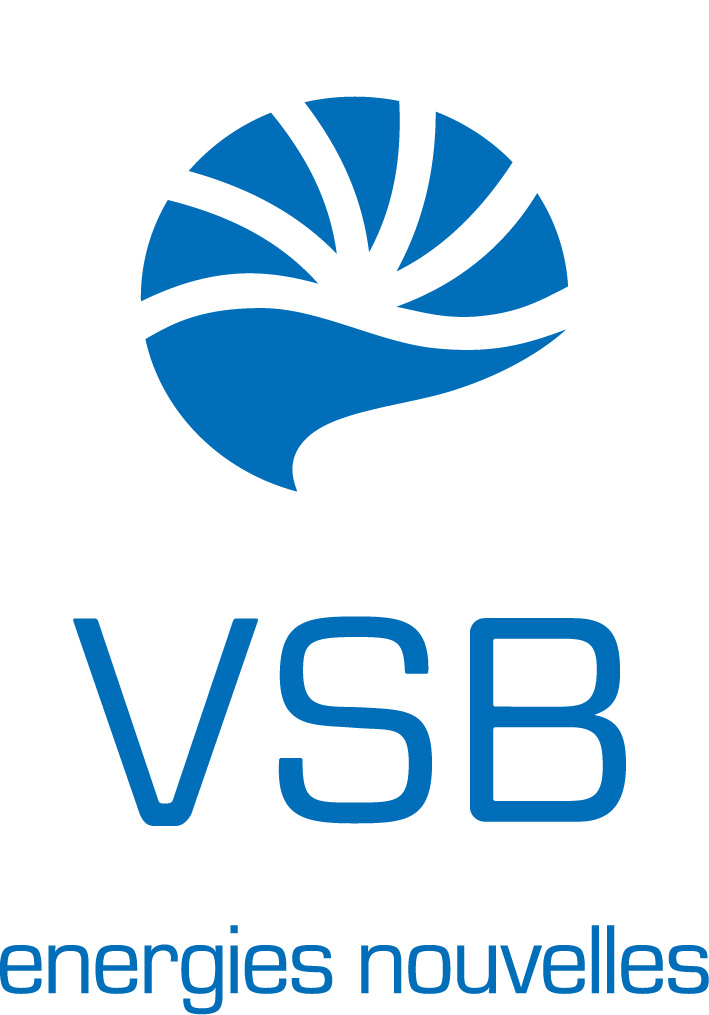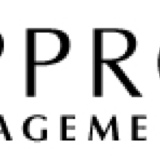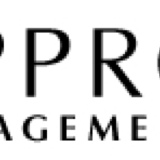Information
-
Audit Title
-
Client / Site
-
Conducted on
-
Prepared by
-
Location
-
Personnel
1. Working at Heights/trenches.
-
1.1. Fall risks of 2m or more? (including voids, pits, and trenches)
-
1.2. Lack of edge protection?
-
1.3. Unsafe or incomplete edge protection?
2. Plant and Equipment
-
2.1. Unsafe or damaged plant/equipment? (including missing or damaged guards)
-
2.2. Incorrect plant /equipment for job? (e.g. grinding discs for cutting)
-
2.3. Unsafe or incompatible attachments used with plant/equipment?
-
2.4. Unlicensed operators?
-
2.5. Lack of safe work instructions?
-
2.6. Lack of training in safe operation, clean-up and maintenance?
-
2.7. Lack of LOTO procedures for cleaning, servicing and maintenance?
-
2.8. Lack of inspection regime? (Log book or pre start inspection book filled out).
-
2.9. All mobile plant is entered into a register.
3. Scaffolds
-
3.1. Unlicensed persons erecting scaffold above 4m?
-
3.2. Unsafe or incomplete scaffold?
-
3.3. Lack of inspection protocol for scaffold? ( scaf tag in place ).
-
3.4. Incompatible scaffold components? Unlabelled or do not meet AS?
-
3.5. Safe Work Load (SWL) exceeded? (tools, stored materials, number of persons)
4. Lifting Equipment
-
4.1. Unsafe or damaged plant?
-
4.2. Loads lifted over persons, close proximity to obstacles incl. overhead power lines?
-
4.3. Lack of maintenance, testing and inspection? 3 months for synthetic slings. 12 months for chain and wire rope.
-
4.4. Lack of SWL information displayed?
-
4.5. Lack of daily inspection protocol?
-
4.6. Unsafe or damaged lifting equipment, including ropes, slings, chains, hooks?
-
4.7. Lifting equipment unlabelled, does not meet AS, no SWL displayed?
-
4.8. Unlicensed operators?
-
4.9. Lack of LOTO procedures for cleaning, servicing and maintenance?
-
4.10. SWL of plant or any lifting equipment exceeded?
-
4.11. Register kept for lifting equipment.
5. Harness and Equipment
-
5.1. Unsafe or damaged harness or equipment?
-
5.2. Incompatible hooks/equipment?
-
5.3. Unlabelled or does not meet AS?
-
5.4. Unsafe or uncertified anchor points?
-
5.5. Lack of inspection protocol for equipment? ( harness out of inspection date)
-
5.6. Lack of or inadequate formal training for operators?
6. Ladders
-
6.1. Unsafe or damaged ladders?
-
6.2. Unsafe positioning of ladders?
-
6.3. Ladder not properly secured?
-
6.4. Ladder unsuitable for job? (e.g. metal ladder used for electrical work)
-
6.5. Industrially rated at 120kg. And has safety feet in good condition. And stamped with AS 1657-2013
-
6.6. Ladder extends 1000mm above landing?
-
6.7. Is set up with a pitch ratio of 4:1.
-
6.8. Ladder is only being used for light work of short duration.
-
6.9. All ladders are entered into a ladder register.
7. Hazardous Manual Tasks
-
7.1. Lack of identification hazardous manual tasks?
-
7.2. Lack of assessment of hazardous manual tasks?
-
7.3. Inadequate risk controls? (examples: no job rotation, lighter loads, trolleys, lifting equipment, etc)
-
7.4. Lack of training in risk controls and safe lifting/ team lifting techniques?
8. Hazardous Chemical (including fuel and oil)
-
8.1. Unsafe storage location? (e.g. flammables near ignition sources, spills could enter stormwater drains, etc)
-
8.2. Incompatible chemicals stored near each other?
-
8.3. Inadequate spill containment equipment?
-
8.4. Safety Data Sheets not accessible on site?
-
8.5. Lack of emergency procedures for injury/spills/fire etc?
-
8.6. Excessive quantities stored on site or in vehicles?
-
8.7. Insufficient ventilation?
-
8.8. Insufficient, or incorrect, PPE?
-
8.9. Unsuitable storage containers? (unlabeled or stored in food containers)
9. Welding & Grinding.
-
9.1. Gas bottles chained/strapped to a secure structure?
-
9.2. Flash back arresters fitted to both ends of oxy/ acetylene hoses, (4 in all).
-
9.3. Flash back arrestors in in date, (12 months of manufacture or test date).
-
9.4. All hoses and gauges are in good condition.
-
9.5. Welding screens are in place.
-
9.6. Hot work permit is posted or readily available.
10. Emergency Response
-
10.1. Lack of, or no emergency plans for site?
-
10.2. Emergency procedures not displayed at site?
-
10.3. Lack of training and rehearsal of emergency plans?
-
10.4. Lack of, or inadequate first aid kits aid equipment for site?
-
10.5. Insufficient access to formally trained First Aiders for all shifts?
-
10.6. Unsuitable or inadequate communication equipment?
11. Traffic Management
-
11.1. Lack of, or inadequate, Traffic Management Plan (TMP) in place?
-
11.2. Lack of training in TMP for all persons on site? <br>(contractors and visitors)
-
11.3. Inadequate controls for TMP? (physical barriers, bollards, speed limits, flashing lights, spotters, etc)
12. Personal Protective Equipment (PPE)
-
12.1. Lack of, or inadequate PPE (including sun protection)
-
12.2. Lack of system to issue, inspect, replace and monitor PPE?
-
12.3. Lack of training in safe use, clean-up and inspection of PPE?
13. Work Environment
-
13.1. Lack of/or inadequate amenities? (toilets, wash areas, lunch rooms, etc)
-
13.2. Insufficient lighting?
-
13.3. Hazard board current and visible.
-
13.4. Lack of, or inadequate noise/ vibration control?
-
13.5. Work area signed and taped off.
-
13.6. Smoking and alcohol policy understood and followed.
14. Electrical Hazards
-
14.1. Unsafe electrical leads? (damaged )
-
14.2. Lack of RCD protection?
-
14.3. Contact with underground assets?
-
14.4. Contact with overhead electrical lines?
-
14.5. Overloading outlets?
-
14.6. Leads placed on ground or on metal structures?
-
14.7. Electrical equipment near water?
-
14.8. Electrical equipment near flammables?
-
14.9. Electrical equipment near chemicals that could cause damage?
-
14.10. Electrical leads that may be damaged from contact with moving machinery parts?
-
14.11. Electrical leads on work surfaces?
-
14.12. Lack of Lock-out/tag-out (LOTO) procedures for electrical equipment?
-
14.13. All electrical items in test date and correct tag colour.
-
14.14. All electrical cabinets are closed and locked if not being worked on.
15.0. Temporary Construction Power.
-
15.1. Temporary power cords are not bundled with permanent wiring.
-
15.2. Temporary power cords are clearly marked and coloured yellow.
-
15.3. All cables below 2.5 m from the ground is protected from mechanical damage.
-
15.4. Cables are affixed to cantenary wires.
-
15.5. Cables the run over or in close proximity to metal structures including piping, scaffolding, metallic walls, metallic roofs/edges shall be protected from mechanical damage.
-
15.6. Cables that run across top of portable offices, storage containers and transportable buildings shall be protected by mechanical damage.
16. Environmental Hazards
-
16.1. Lack of/or inadequate Environmental Management plan (EMP)?
-
16.2. Lack of/or inadequate, dust suppression system?
-
16.3. Lack of/or inadequate systems to prevent contaminants entering stormwater drains?
17. Administrative Procedures
-
17.1. Lack of/or inadequate Site Safety Plan?
-
17.2. Failure to obtain permits (Permit to work also Hot Works, Confined Space etc)
-
17.3. Lack of, or inadequate, induction for workers, contractors, visitors?
-
17.4. Lack or, or inadequate, supervisory arrangements?
-
17.5. Lack of/or inadequate training, licenses, skills, experience?
-
17.6. Lack of/or inadequate Safe Work Method Statements (SWSM) for high- risk work?
-
17.7. Lack of, or inadequate system to review SWMS as needed?
-
17.8. Lack of/or inadequate incident notification procedures?
-
17.9. Lack of, or inadequate, routine inspections, monitoring, audits?
-
17.10. Lack of/or inadequate consultative arrangements?
-
17.11. All inductions current and cards available.
-
17.12. SWMS signed onto daily.
-
17.13. Permit work completed and available for inspection.
18. Housekeeping
-
18.1. Are there any trip hazards, including steps or uneven surfaces.
-
18.2. Is the ground smooth, dry and free of debris.
-
18.3. Are site access and exit points clear of materials.
-
18.4. Are driveways, footpaths and walkways clear of materials.
-
18.5. Are walkways wide enough for equipment and access safe.
-
18.6. Is equipment stored in designated areas when not in use.
-
18.7. Are work areas kept clean, uncluttered and free of waste.
-
18.8. Do trades clean as they go.
-
18.9. Is there a designated area for deliveries.
-
18.10. Do deliveries block walkways or nearby footpaths.
-
18.11. Are deliveries scheduled just in time to reduce quantity of materials needing storage.
-
18.12. Are there adequate skip bins.
-
18.13. Are skips and bins regularly emptied.
-
18.14. Is the site easily secured during windy conditions.
19. Other items
-
19.1. Other.
-
19.2. Other.
Corrective Actions
-
Enter any corrective actions that will be undertaken
Sign Off
-
On site representative
-
Auditor's signature














